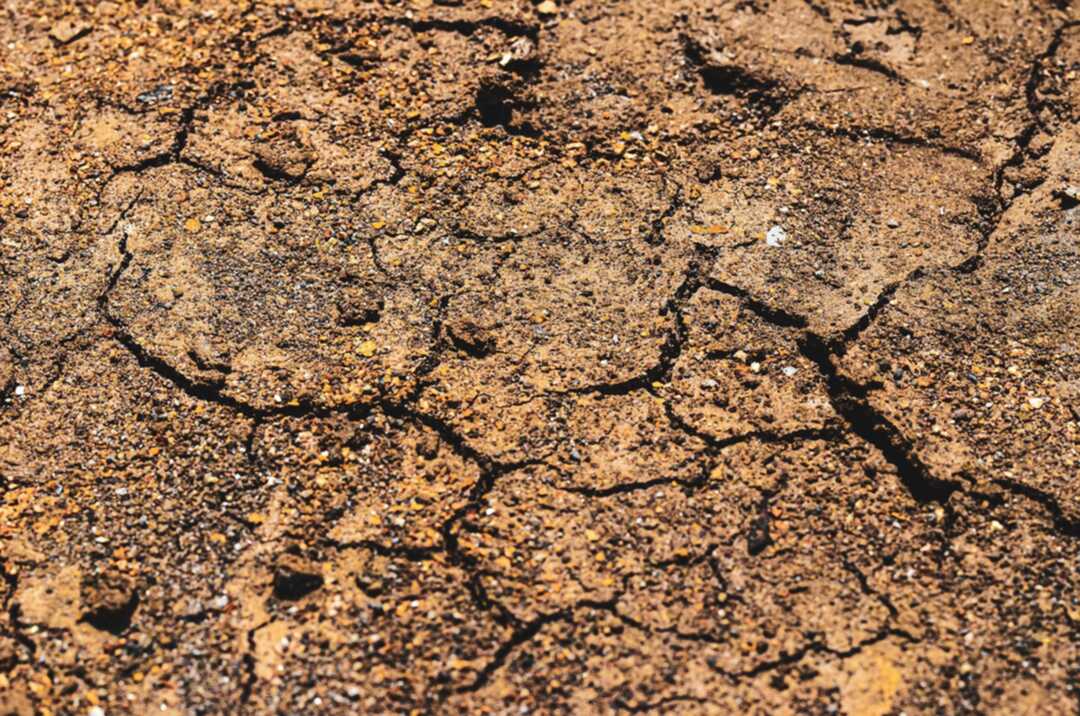-
Japanese government panel estimates death tolls from possible massive quake

The Xinhua reported that a Japanese government panel said Tuesday in a report that a massive earthquake in one of two deep-sea trenches off the country's northeast coast may kill up to nearly 200,000 people.
The government panel said tsunami waves higher than 10 meters could reach parts of the Tohoku region and Hokkaido if a mega quake with a magnitude of 9.1 occurs along the Japan Trench, which could kill 199,000 people and destroy 220,000 structures, as is estimated.
The Xinhua said that the area of the Japan Trench extends from the sea area south of Hokkaido to Iwate Prefecture.
The panel also said the impact of a magnitude 9.3 mega quake along the Chishima Trench was estimated to trigger waves higher than 20 meters, which could hit eastern parts of Hokkaido, possibly leaving 100,000 people killed and up to 84,000 houses and buildings destroyed.

The part of the Chishima Trench in the study extends from waters off the Kuril Islands south to Hokkaido.
A massive earthquake striking in the Japan Trench and Chishima Trench in winter could respectively put 42,000 and 22,000 people in danger of dying of hypothermia as they would be forced to stay outdoors for long periods after the earthquake.
At least 27 feared dead in Japan's Osaka building fire
Japan PM won't attend the opening ceremony of the Winter Olympics in Beijing
Japan to initiate an application software for paperless border entry
However, the panel estimates that the possible death toll could be reduced by about 80 percent if strengthened disaster response measures take effect. The steps include preparing tsunami evacuation shelters and ensuring that everyone in risky areas begins to evacuate within 10 minutes of an earthquake.
The government panel of experts has been studying the possible damage caused by an earthquake in the Chishima and Japan trenches, as well as the tsunami waves it could trigger.
The study was started after the 2011 disaster in northeastern Japan.
Source: xinhua
You May Also Like
Popular Posts
Caricature
BENEFIT Sponsors BuildHer...
- April 23, 2025
BENEFIT, the Kingdom’s innovator and leading company in Fintech and electronic financial transactions service, has sponsored the BuildHer CityHack 2025 Hackathon, a two-day event spearheaded by the College of Engineering and Technology at the Royal University for Women (RUW).
Aimed at secondary school students, the event brought together a distinguished group of academic professionals and technology experts to mentor and inspire young participants.
More than 100 high school students from across the Kingdom of Bahrain took part in the hackathon, which featured an intensive programme of training workshops and hands-on sessions. These activities were tailored to enhance participants’ critical thinking, collaborative problem-solving, and team-building capabilities, while also encouraging the development of practical and sustainable solutions to contemporary challenges using modern technological tools.
BENEFIT’s Chief Executive Mr. Abdulwahed AlJanahi, commented: “Our support for this educational hackathon reflects our long-term strategic vision to nurture the talents of emerging national youth and empower the next generation of accomplished female leaders in technology. By fostering creativity and innovation, we aim to contribute meaningfully to Bahrain’s comprehensive development goals and align with the aspirations outlined in the Kingdom’s Vision 2030—an ambition in which BENEFIT plays a central role.”
Professor Riyadh Yousif Hamzah, President of the Royal University for Women, commented: “This initiative reflects our commitment to advancing women in STEM fields. We're cultivating a generation of creative, solution-driven female leaders who will drive national development. Our partnership with BENEFIT exemplifies the powerful synergy between academia and private sector in supporting educational innovation.”
Hanan Abdulla Hasan, Senior Manager, PR & Communication at BENEFIT, said: “We are honoured to collaborate with RUW in supporting this remarkable technology-focused event. It highlights our commitment to social responsibility, and our ongoing efforts to enhance the digital and innovation capabilities of young Bahraini women and foster their ability to harness technological tools in the service of a smarter, more sustainable future.”
For his part, Dr. Humam ElAgha, Acting Dean of the College of Engineering and Technology at the University, said: “BuildHer CityHack 2025 embodies our hands-on approach to education. By tackling real-world problems through creative thinking and sustainable solutions, we're preparing women to thrive in the knowledge economy – a cornerstone of the University's vision.”
opinion
Report
ads
Newsletter
Subscribe to our mailing list to get the new updates!






















